Manufacturer: Gigabyte
UK price (as reviewed): £182.99 (inc. VAT)
US price (as reviewed): $169.99 (exc. tax)
While it's great to see X570 boards retailing for more affordable prices, they aren't doing so without compromises. The MSI X570-A Pro we looked at recently looked rather skinny, lacked M.2 heatsinks, and had a couple of design niggles. We'd also have concerns its cooling and power circuitry weren't fully up to the task of dealing with heavy overclocking or lengthy high-load tasks with AMD's 12- and 16-core AM4 CPUs. As usual, MSI and Gigabyte have taken very different approaches when it comes to shedding some weight to cut price tags, so with the X570 Gaming X retailing for a little more than the MSI board at £183, it's time to find out what Gigabyte's take on an affordable X570 board looks like.
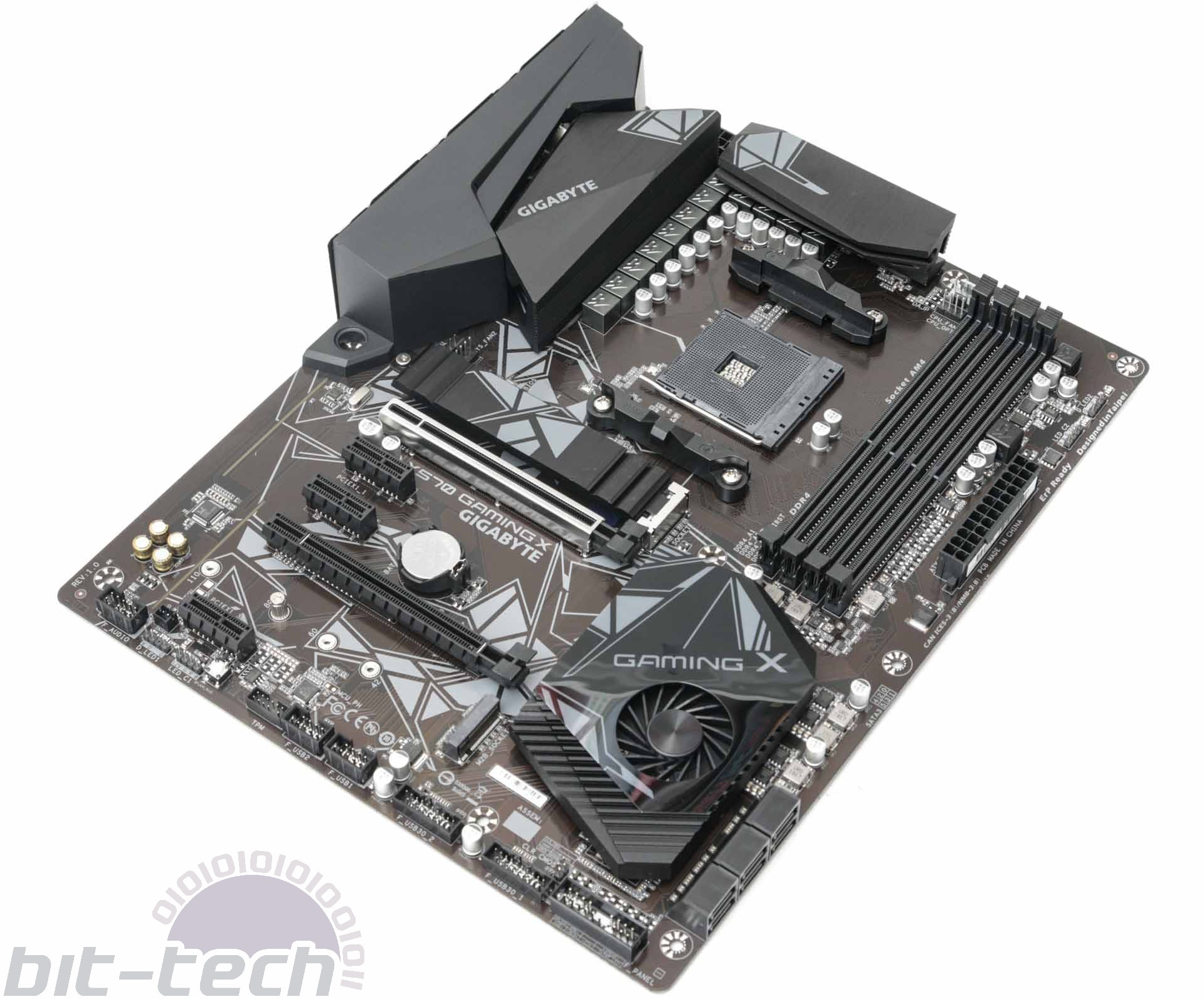
Well, the board doesn't look too dissimilar to the MSI, and while both use exposed chipset fans, the blades here are slightly less prone to damage and finger-mincing while also remaining inaudible above the rest of our hardware during benchmarking, at least using the latest F4j BIOS. The obvious aesthetic tweaks, though, are the addition of an I/O shroud and one M.2 heatsink - welcome if you're not too enamoured of the hefty copper heatsink on SSDs such as the Aorus PCIe 4.0 sample we use for testing. However, with this sandwiched between the GPU and CPU socket, the stock configuration saw an M.2 temperature of over 70°C, which is worse than using the included heatsink with our SSD. Sadly, while the lower slot also supports PCie 4.0 SSDs and the 22110 length capability needed to secure the board's M.2 heatsink at one end, this lower slot lacks the necessary clip at the socket end, so the heatsink is not transferable - a shame, as this location would undoubtedly yield better temperatures.
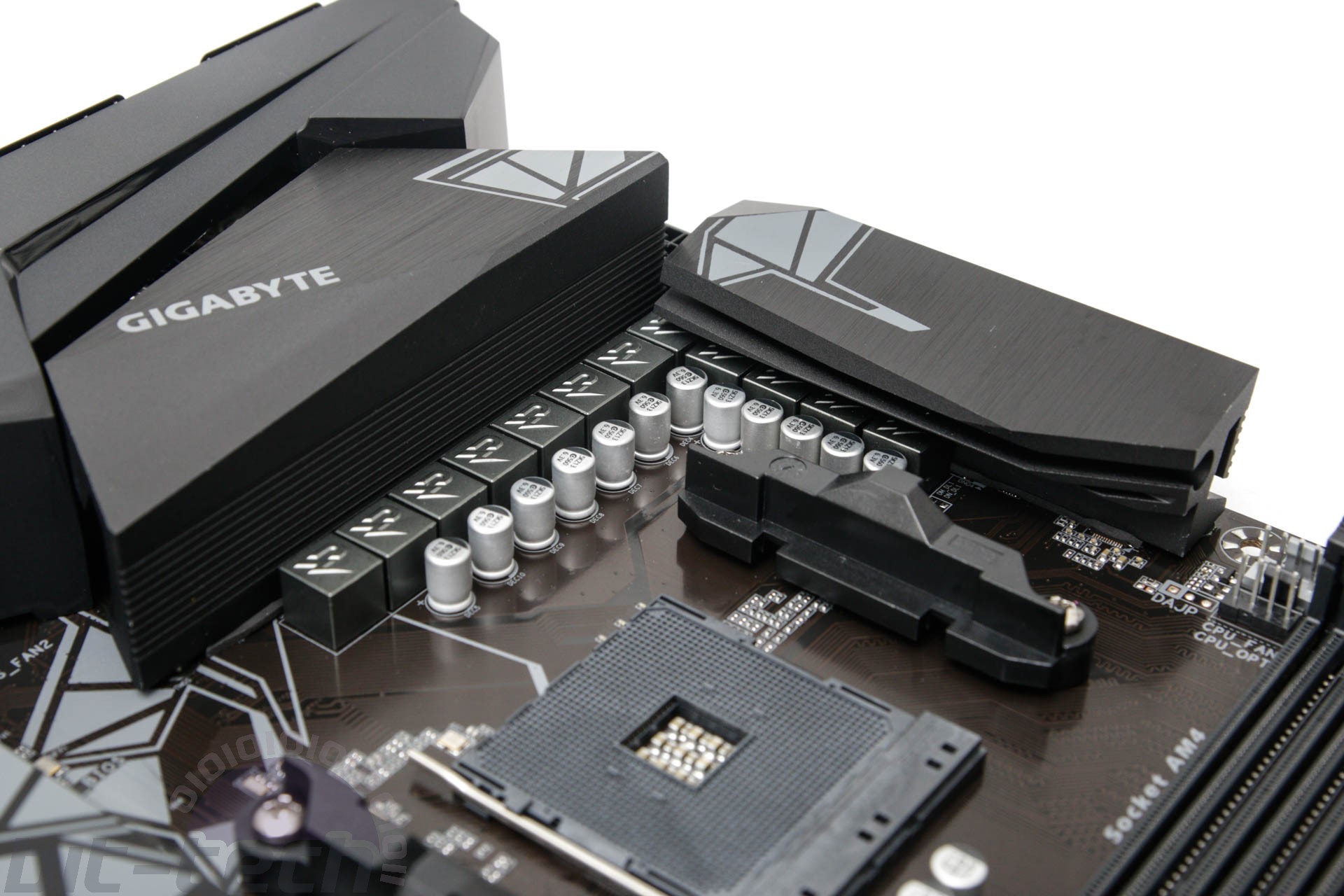
The power circuitry comprises 12 phases in total with 10 phases for the CPU, although the heatsinks here, while moderate in size, are a little blocky and aren't linked by a heat pipe either. We measured a maximum 67°C on top and 69°C on the underside, and 74°C was reported in Gigabyte's System Information Viewer as the peak VRM temperature after a 10-minute load test, which are some fairly toasty numbers compared to other results we've seen.
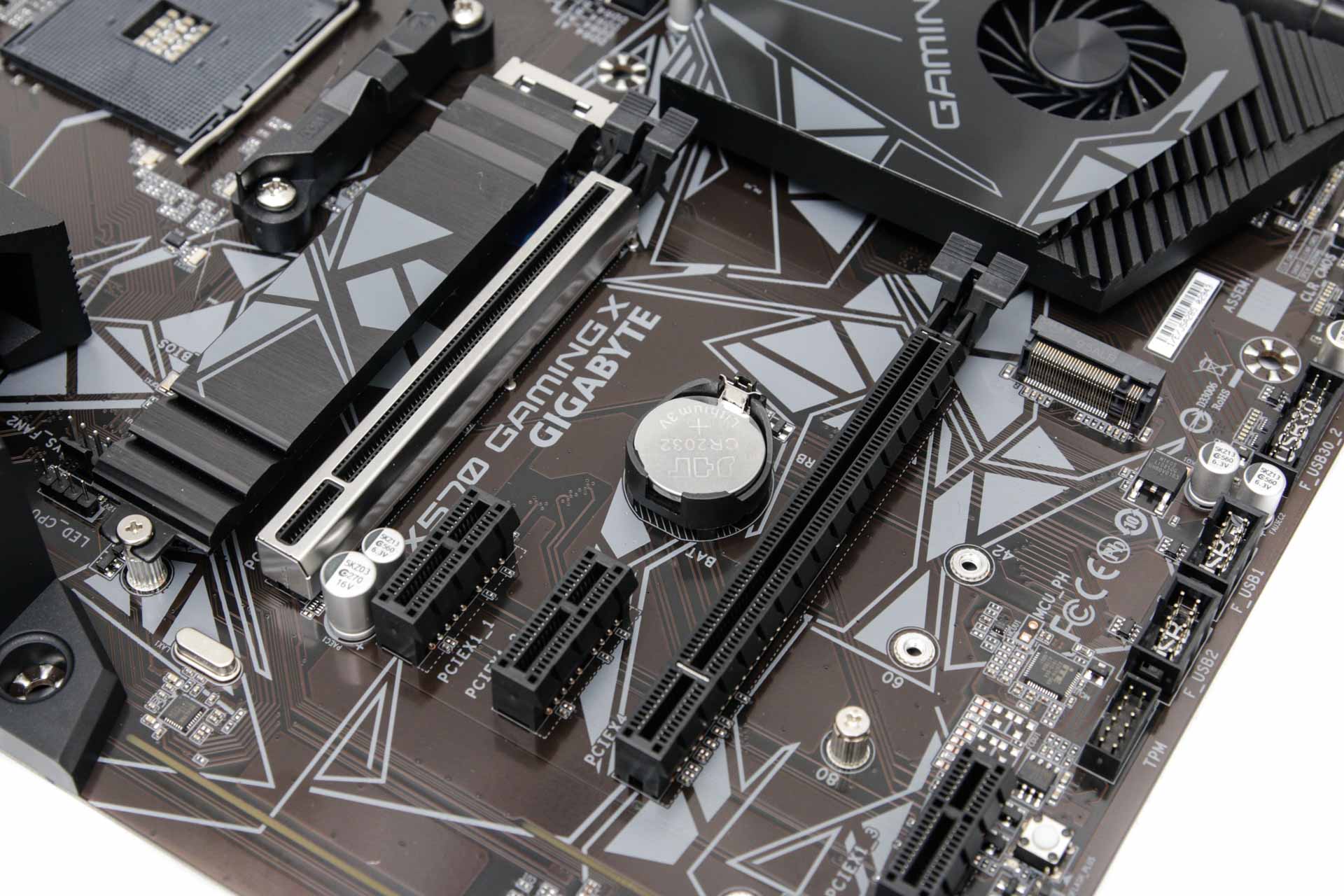
Both M.2 slots support the full trio of standards - PCIe 4.0, PCIe 3.0, and SATA - and the three 1x PCIe slots also offer PCIe 4.0 support, trumping the PCIe 3.0-limited MSI board. However, unlike the MSI board, only the top 16x slot supports PCIe 4.0. Pleasingly, though, all of the six SATA 6Gbps ports are served directly by the X570 chipset and not a third party controller.
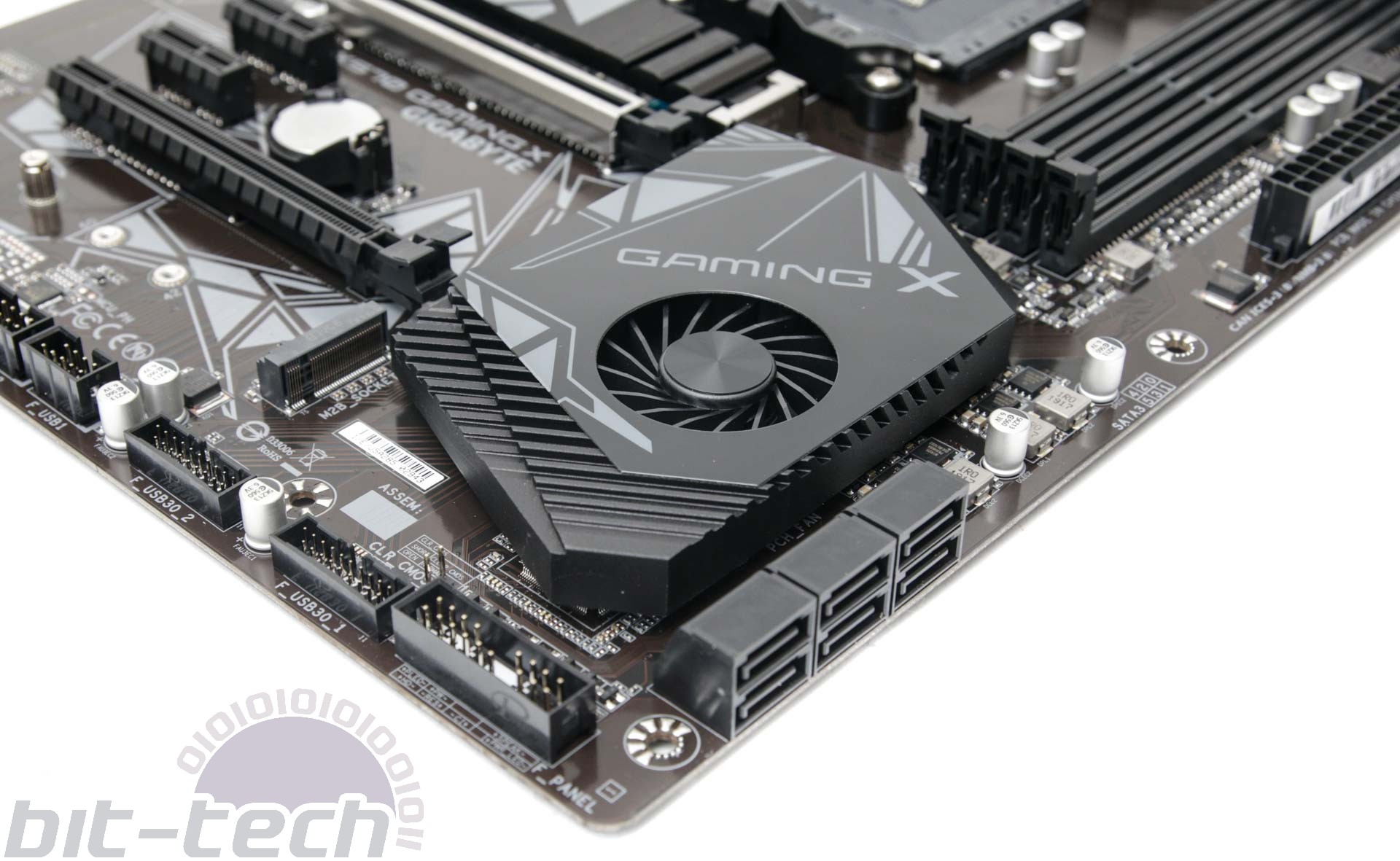
The layout doesn't pose too many difficulties, and in fact, things are better here than the MSI board, which suffered some awkwardly-placed fan headers. Here there are rear fan headers in two convenient locations. There's a flip side here, however - the X570 Gaming X only has four fan headers in total, and there are none on the lower half of the board or on the side of the 24-pin connector, which might make hooking up front case fans and the like difficult without the use of splitters and extension cables.
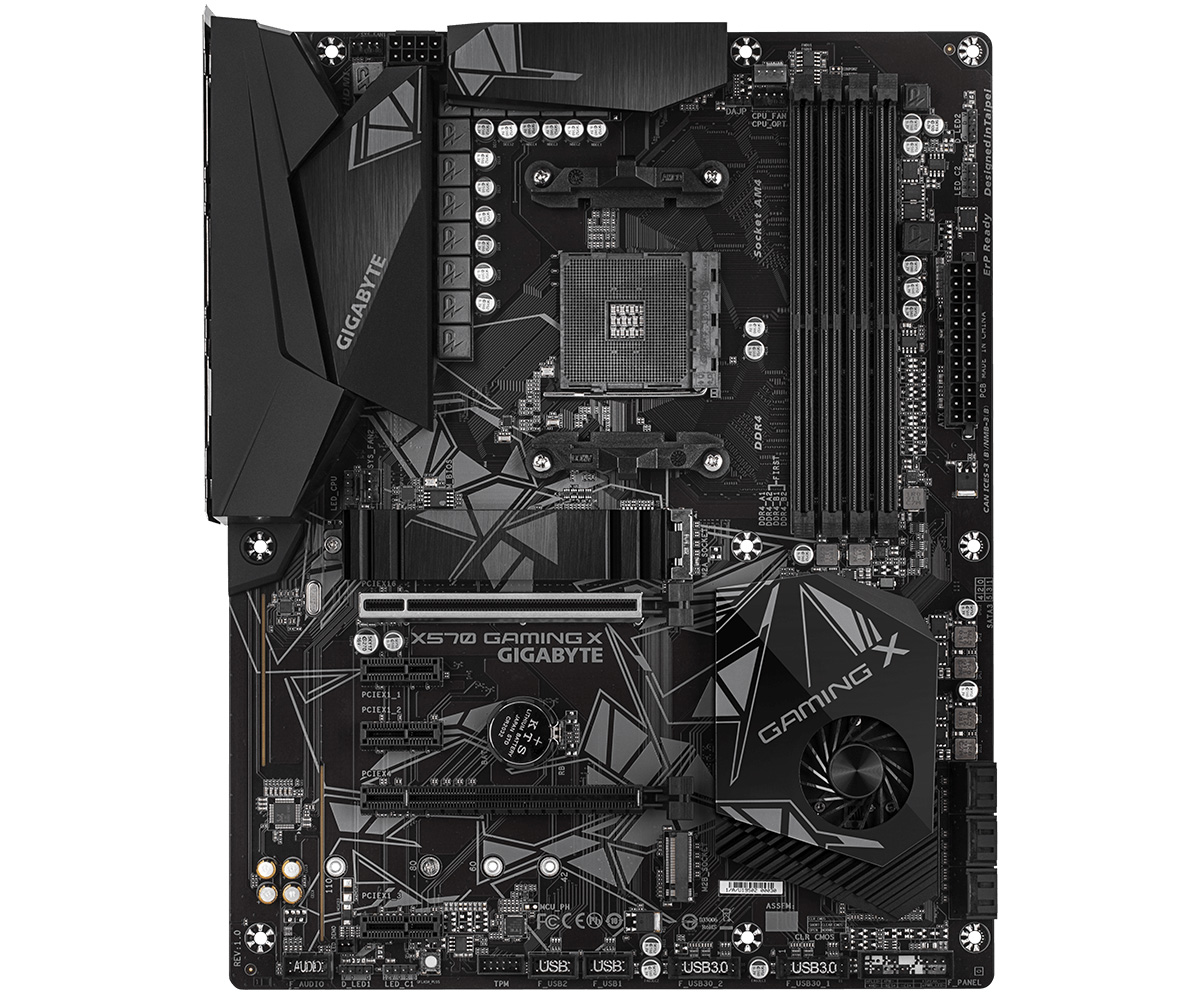
There's no RGB lighting as standard, which will undoubtedly please some of you reading this, but should you need to add some illumination in future, there are several RGB LED headers on the PCB catering for four-pin 12V and three-pin addressable LED strips.
One area that's definitely lacking is USB support. There's a mediocre six USB ports on the rear I/O panel and just four of these are USB 3.0. There are no 3.1 Gen 2 ports whatsoever and no Type-C port, while the PCB also lacks a Type-C header. Gigabyte also dips down to Realtek for the Gigabit LAN, and audiophiles should note that not only does the audio comprise Realtek's less capable ALC887 codec, but also you get just three audio minijacks too. This means there's no optical port and no way to hook up anything more lavish than a 5.1-channel speaker setup without using the audio header and your case or an expansion card to add the necessary fourth port.
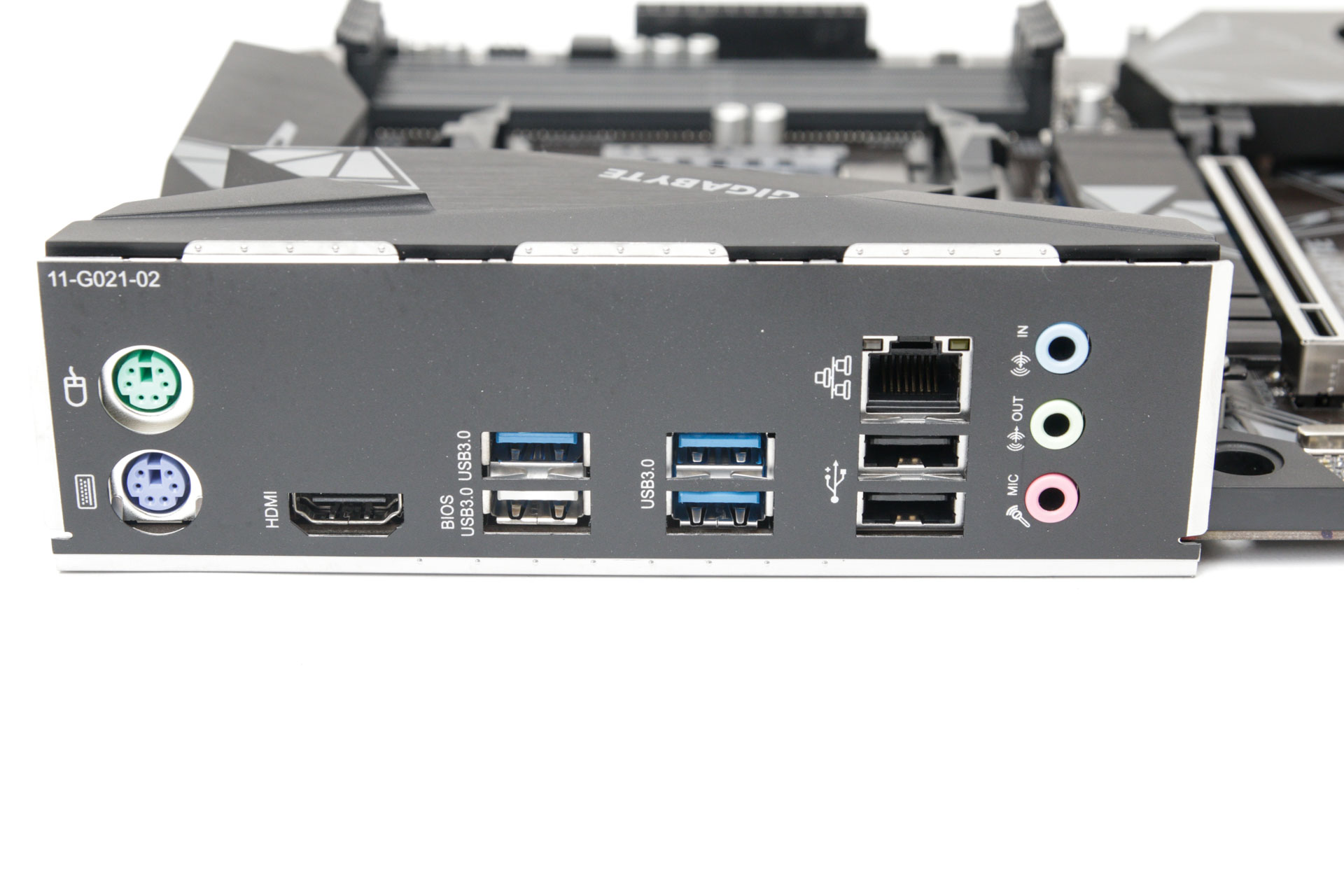
Specifications
- Chipset AMD X570
- Form factor ATX
- CPU support AMD Socket AM4
- Memory support Dual-channel, four slots, max 128GB
- Sound Eight-channel Realtek ALC887
- Networking 1 x Realtek Gigabit Ethernet
- Ports 2 x M.2 PCIe 4.0 x4 64Gbps/SATA 6Gbps up to 22110, 6 x SATA 6Gbps, 8 x USB 3.0 (4 via headers), 6 x USB 2.0 (4 via headers), 1 x LAN, audio out, line in, mic
- Dimensions (mm) 305 x 244
- Extras None

MSI MPG Velox 100R Chassis Review
October 14 2021 | 15:04

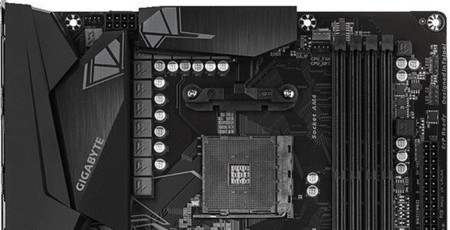
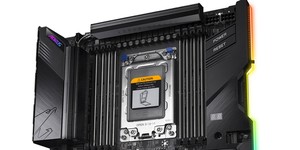
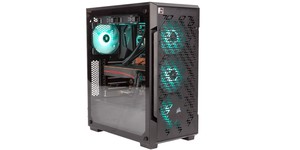
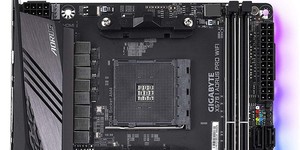




Want to comment? Please log in.